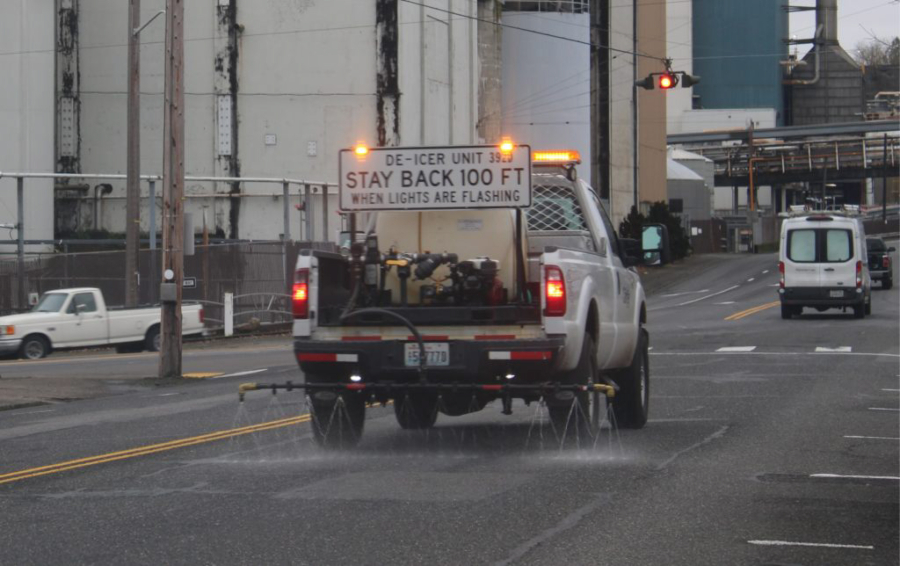The Camas Planning Commission is diving into the city’s greenhouse gas emissions and seeking ways to mitigate future climate hazards in the region.
During their Oct. 15 meeting, the commissioners heard from Camas Development Director Alan Peters and consultants from WSP and Parametrix about work that has already gone into the City’s “Our Camas 2045” comprehensive planning under new state guidelines that, in 2023, amended Washington state’s Growth Management Act to include a climate goal and mandated that local jurisdictions include climate-change elements — including resiliency in the face of future climate-related weather events — to their comprehensive plans.
“As part of this, the entirety of Clark County conducted a community greenhouse gas (GHG) inventory for their 2025 Comprehensive Plan Update,” Parametrix consultants stated in their executive summary for the Camas Community Greenhouse Gas Inventory presented to the planning commission in October. “This inventory for Camas is part of this larger effort and will help set targets and strategies to reduce GHG emissions and decrease per capita vehicle miles traveled.”
The report noted that Good Company, a division of Parametrix, conducted the greenhouse gas analysis on behalf of Clark County and that the project was funded by Washington’s Climate Commitment Act, a law more than 60% of Washington state voters upheld during the Nov. 5 general election.
Peters told the commissioners that House Bill 1181, enacted by the Washington State Legislature in 2023, requires all Growth Management Act cities to adopt plans to reduce their greenhouse gas emissions and to “plan for actions to reduce adverse impacts of climate change to the community.”


